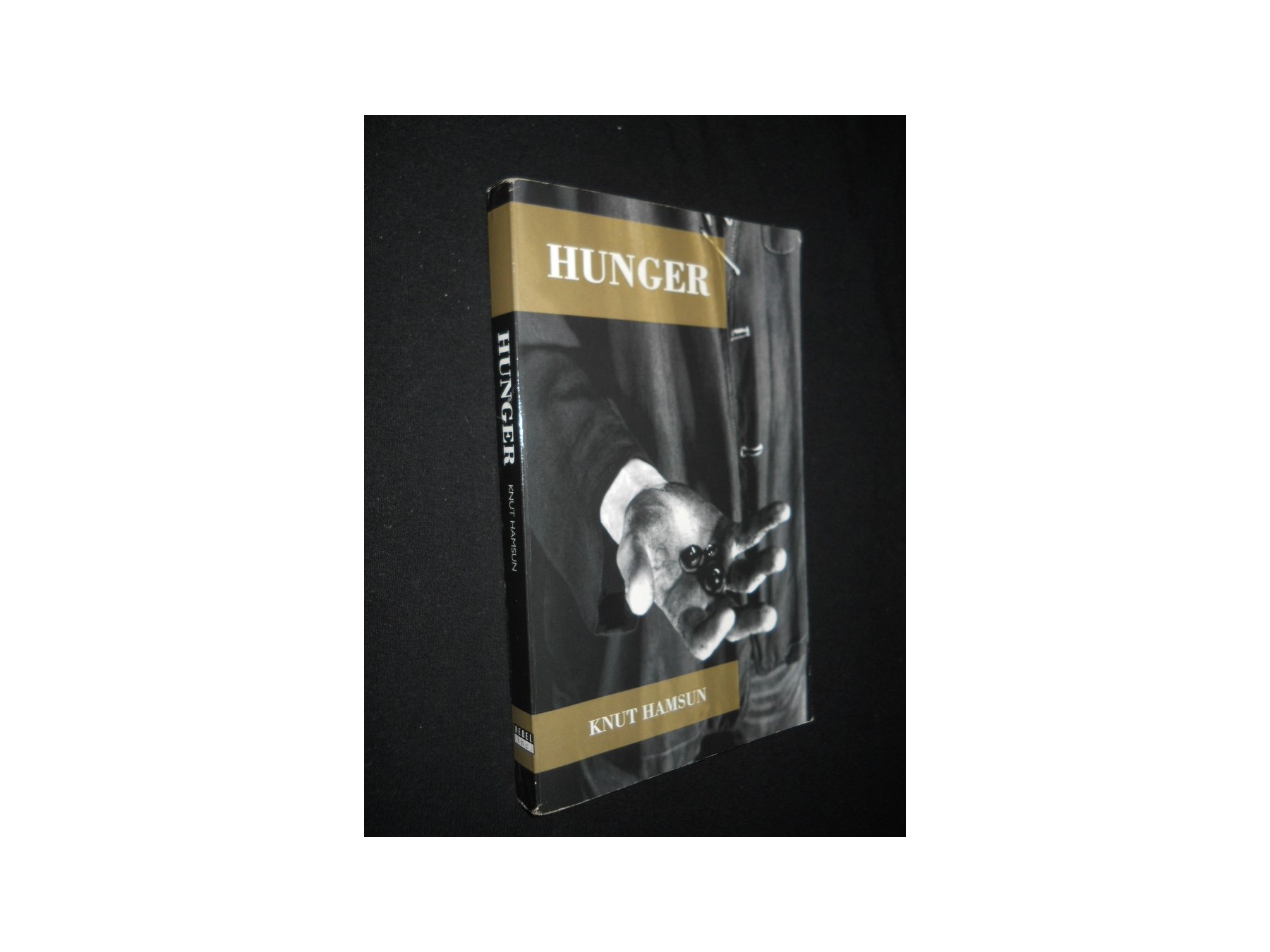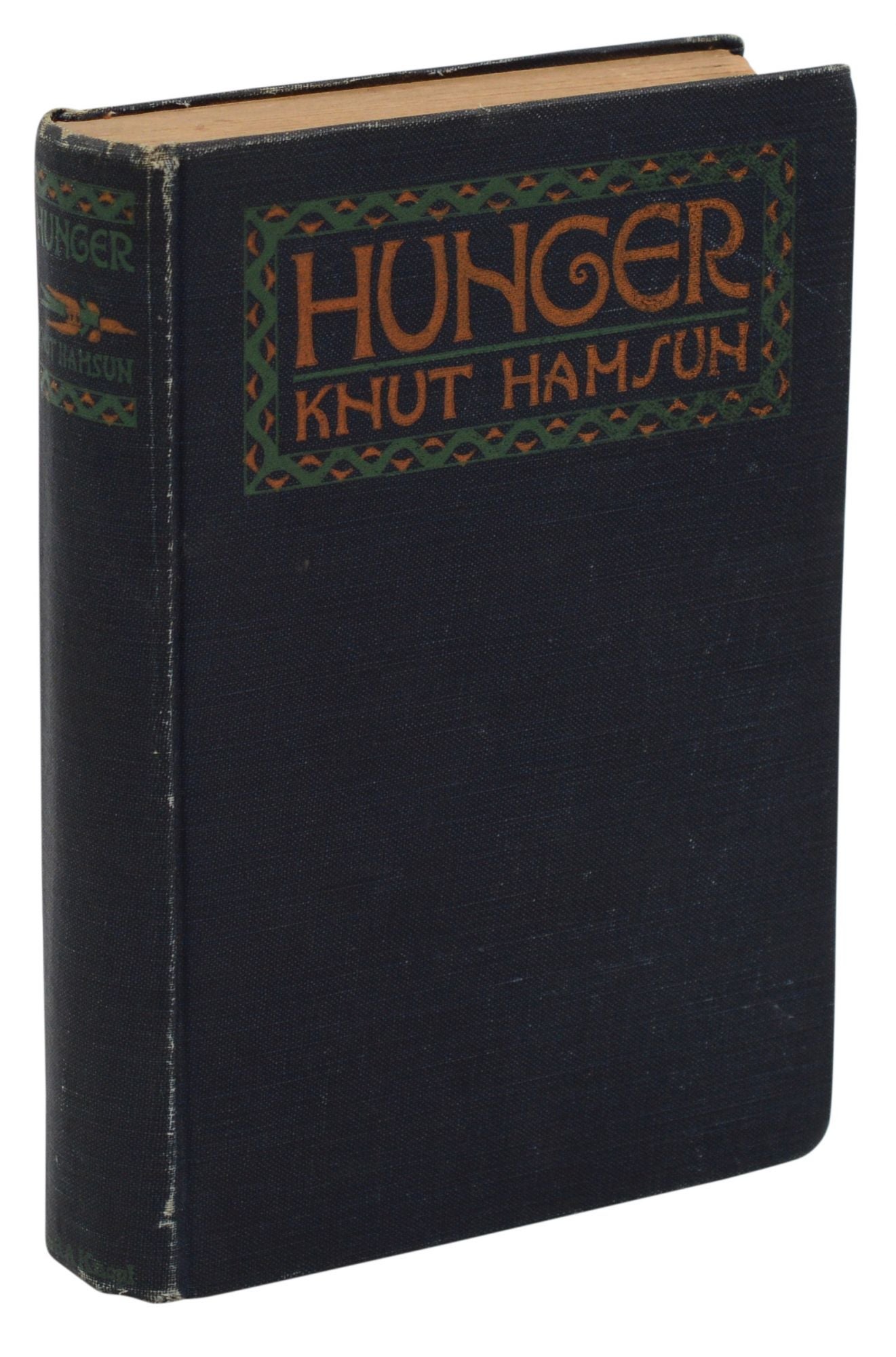


He rejected what he considered the sentimentality of Ibsen, the most famous Scandinavian writer of the time.

Hamsun consciously rebelled against both the style and substance of the prevailing attitudes of late literary 19th-century European and Jamesian American novel.

Nobel Prize–winning author Isaac Bashevis Singer wrote of Hamsun, who was awarded the Nobel Prize for Literature in 1920, that “he whole modern school of fiction in the twentieth century stems from Hamsun.” This may sound hyperbolic, but it’s not unreasonable. Strikingly, given the events that come before, the stories all have almost optimistic endings. The pessimism that pervades each author’s work is tinged with an oft-missed humor, that of the philosophical court jester questioning the meaning of life in a kingdom without purpose or god, while waging war against sickness unto death. Sartre’s dyspeptic former adventurer is immersed in writing a political biography that he can never complete. Kafka’s artist (what we might today call an “extreme performance artist”) is a circus performer who entertains his public by going weeks on end without eating. Hamsun’s narrator is consumed with finishing his so suitably titled book Crimes of the Future. The protagonists of these three works are artists. I’m never one to demean plot, but the ultimate importance is not whodunit, but why characters act as they do, and how authors create art that changes lives and literature. With groundbreaking prose styles, these authors relayed the internal lives and worldly interactions surrounding a single individual, using a metaphor that most certainly defined the era as one of hunger, and lonely existential suffering in a world with unanswerable questions and human cruelty on scales never before seen.Īuthentically great pieces of fiction ought to be read more than once, and I have read these works multiple times. Knut Hamsun’s Hunger (1890), Franz Kafka’s “A Hunger Artist” (1922), and Jean-Paul Sartre’s Nausea (1938) are timeless works from a past that must be reckoned with. Fiction that is both epochal and timeless tells the truth of its era, and envisions and informs the future. EZRA POUND ARGUED that artists of every generation make a pact with the past, and forge ahead creating new forms.


 0 kommentar(er)
0 kommentar(er)
